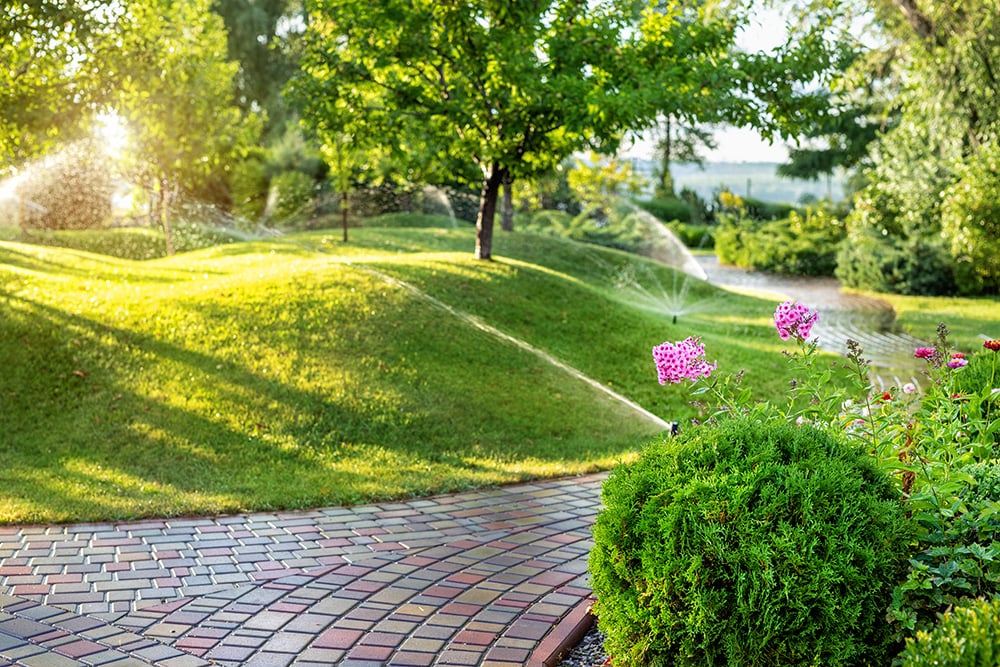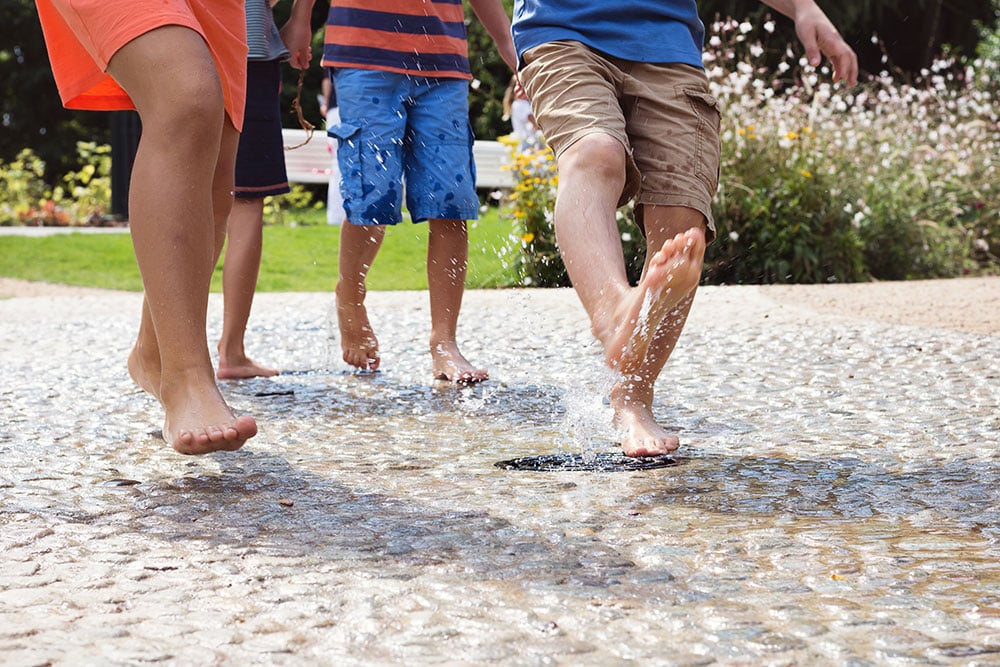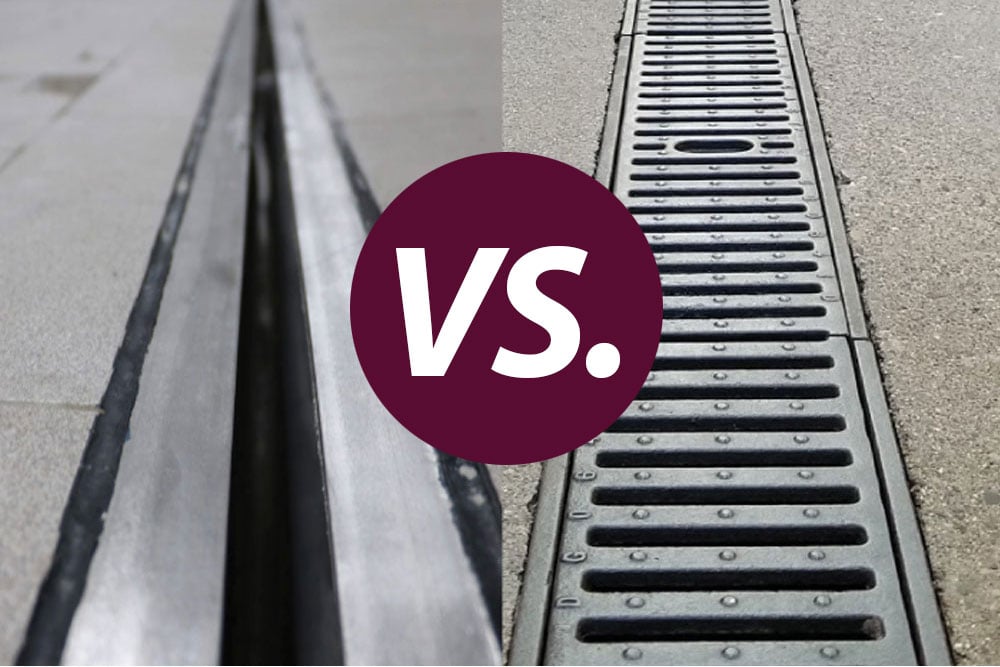Drainage, as a concept, has been around for many years. Over time, more and more options have come about, with different drainage solutions serving different purposes.
The French drain and trench drain are two long-standing options for landscape drainage. Both systems are versatile, but sometimes, a scenario calls for one over the other. Here is what you should know about French drain and trench drain and which one is best for your needs.
What is a French Drain?
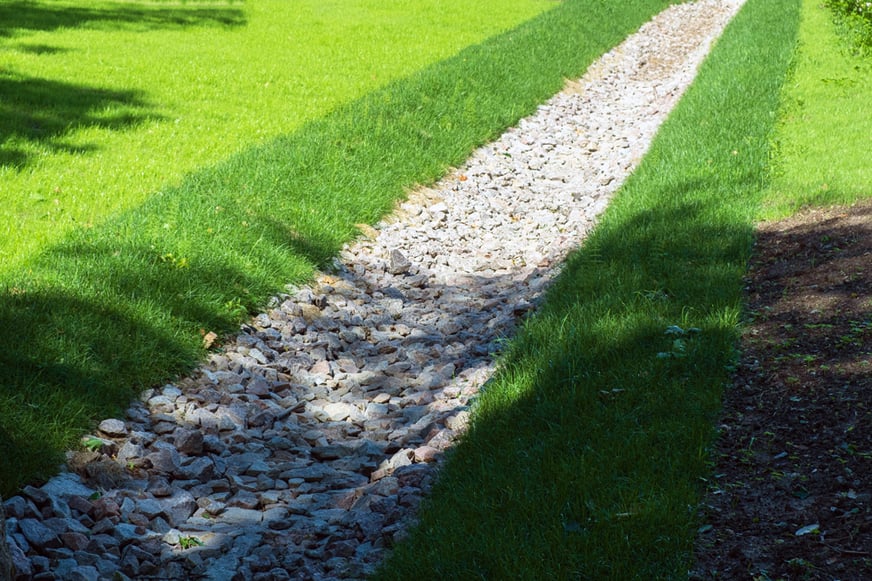
Water will always take the path of least resistance as it flows. While the movement of this water can be slow, it can still have consequences as the ground becomes more and more saturated with water. If the perimeter of a building has landscaping but doesn't have the proper grading, the water can flow in the direction of the building. That water can then seep into any cracks in the foundation and lead to severe issues like foundation instability, mold, and mildew. This is where the need for drainage solutions comes into play. In this scenario, a French drain may be the best option between the options of French or trench drain.
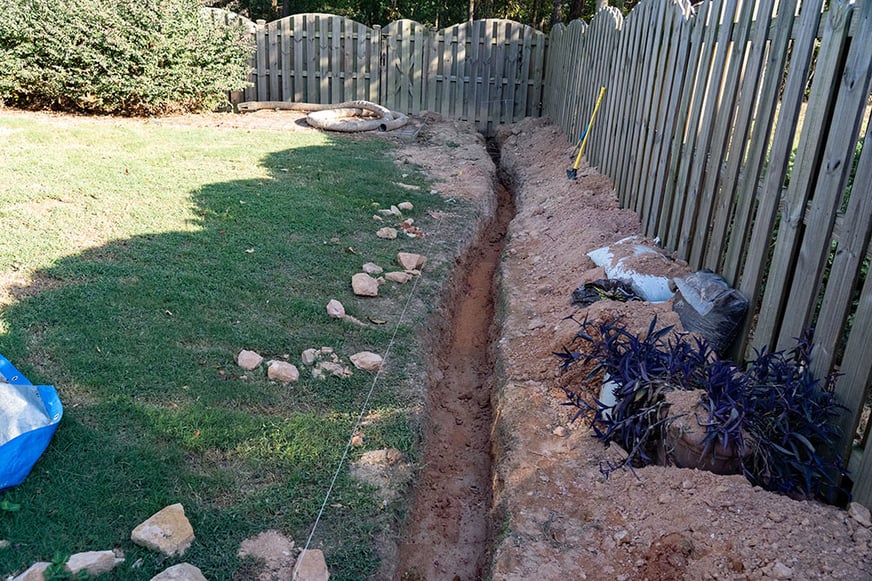
French drains have a long history––dating back to their invention in the 1800s by Henry Flagg French, a judge, lawyer, agriculturalist, and the first president of Massachusetts Agricultural College.
A French drain is a type of "farm drainage" consisting of a dug-out trench with a perforated pipe that is covered with gravel or rock. It is a subsurface system meant to help divert water from the area where the system is situated.
What is a Trench Drain?
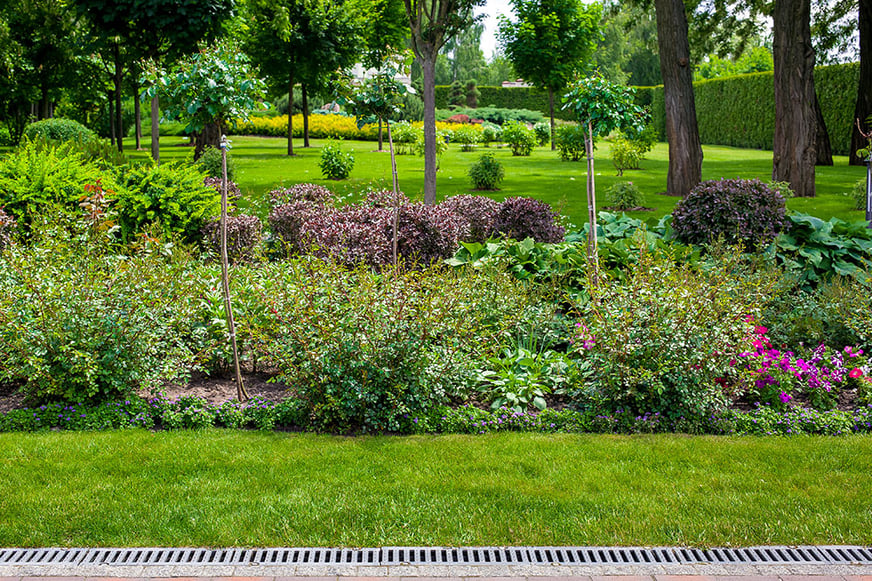
The trench drain is the other side of the comparison.
Trench drains have often been confused with French drains, but there are many notable differences between the two. The most significant difference is that where a French drain is a subsurface system, the trench drain is a surface system, despite being set in the ground.
Trench drains are designed to collect pooling water and divert it away from the ground's surface. They are typically lined with concrete and have a slope to help water flow into the system with the help of gravity. Grate covers are used to prevent large objects or debris from falling into the drain channel without preventing the water runoff from entering.
When to Use Each System

Trench drain and French drain systems both offer adequate drainage for different scenarios. Knowing what your drainage issues are is essential to choosing the right system.
French drains are ideal for areas where moisture is a big issue; if water runoff is seeping into the ground quicker than the soil can absorb it all. For comparison, French drains are for homeowners whose yards don't get flooded frequently and are typically only wet after rain showers.
Choosing a trench is easy for homeowners who struggle with water pooling, flooding, or have pools. Trench drains are systems designed to help manage excess stormwater and prevent flooding and pooling, particularly for poorly sloped homes. They are also helpful for capturing water that splashes from pools or off swimmers so that it doesn't collect on the ground and create a slippery surface.
Landscape Drain Options
In many cases, between trench drain or French drain, the better solution is a trench drain, but choosing one is the next issue. Many companies offer trench drain systems, but Landscape Drains has the high-quality solution.
One option is the Landscape Trench Drain. This stainless steel system is ideal for properties prone to severe flooding or pooling, since it is designed to handle large amounts of water runoff. The stainless steel design ensures it is safe for any scenario and can easily handle vehicular traffic.
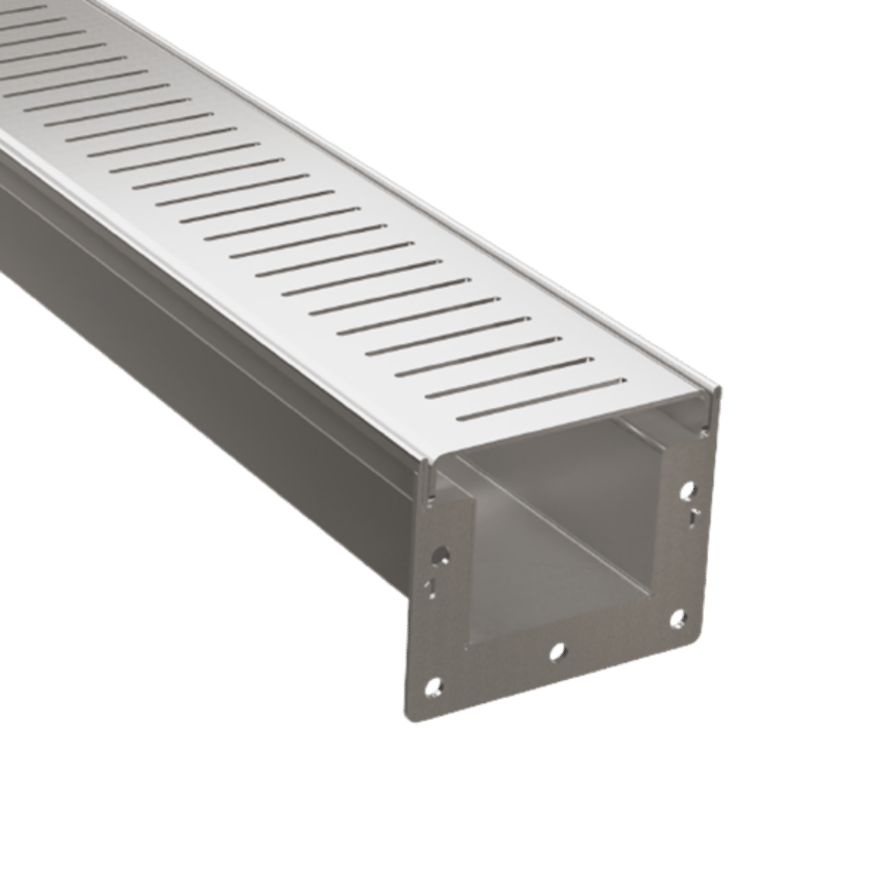
Landscape Drains offers decorative grates that allow owners to customize the system to their landscape design. It is also compatible with a catch basin, which makes it easy to catch small objects that may fall into the system. As with the grates, the pan lid for the catch basin is also customizable.
The Landscape Slot Drain is another option to consider. The Slot Drain is another option similar to the traditional trench drain. What makes this system different is that it has a slimmer channel opening that doesn't require a grate cover, which allows it to blend in seamlessly.
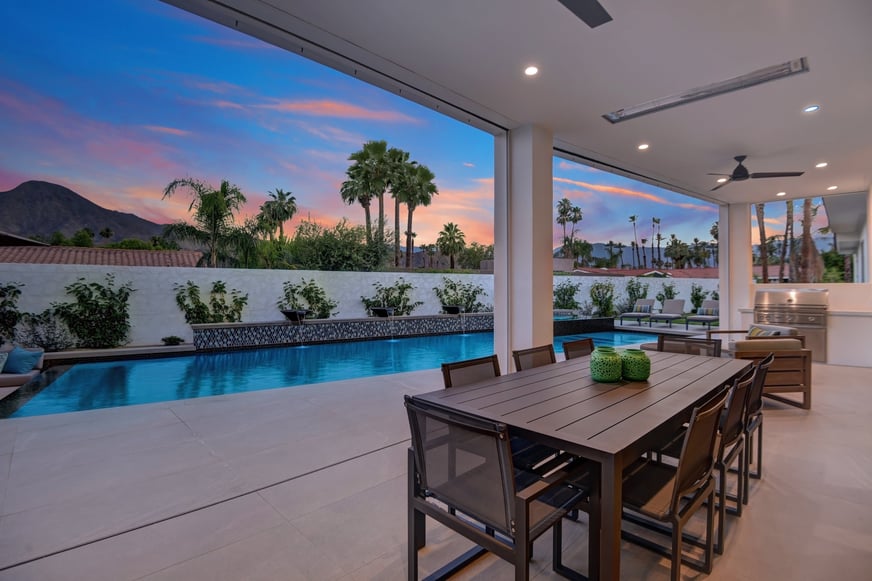
All models of the Slot Drain can handle up to 27 GPM of water. It is a heavy-duty system and an excellent option for public areas and residential properties. The Slot Drain is also compatible with the catch basin, which helps ensure it is free of debris and other small objects.
Protecting Your Property with the Right Drainage
Trench and French drain are two drainage systems that have long been popular for residential and commercial properties. While people may sometimes confuse them, they are very different in both design and purpose. Take the time to study your drainage needs to make the right choice and choose the best solution. There is nothing better than a trench drain for flooding and pooling issues, particularly one from Landscape Drains.
Contact Landscape Drains today to learn more about the trench drain and slot drain and the benefits of each.
